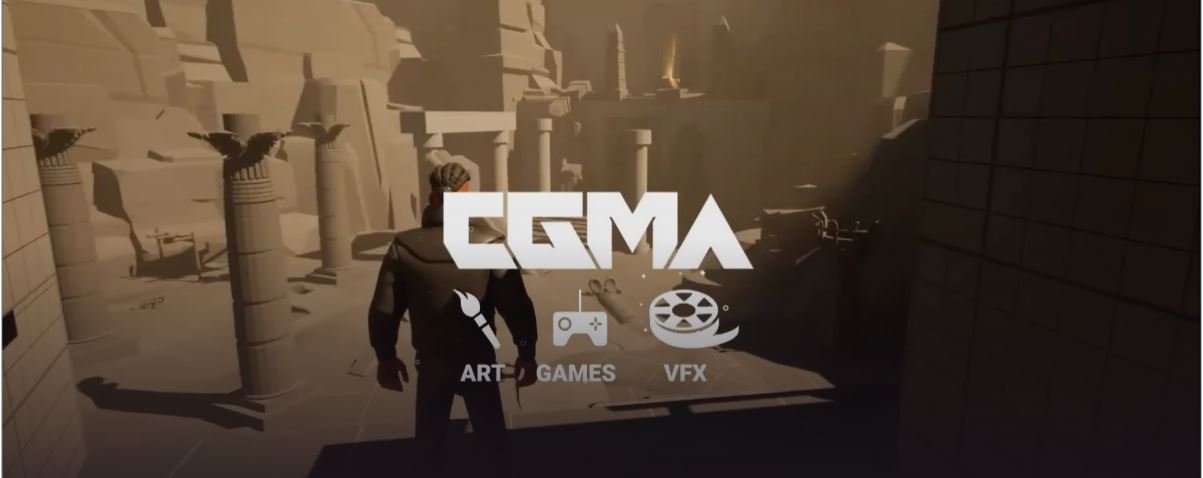Shape and Color Psychology
Shapes act as a powerful tool to help guide players through affordances and deterrents. For instance, circles can be used as a means let players know that this path is safe. Alternatively, sharp shapes imply an area that is not traversable. Colors can also act as elements of information. Ie) Green good; red bad. Sometimes even populating an area with negative space can help give more weight to one side of the screen, which leads players over to that area.
